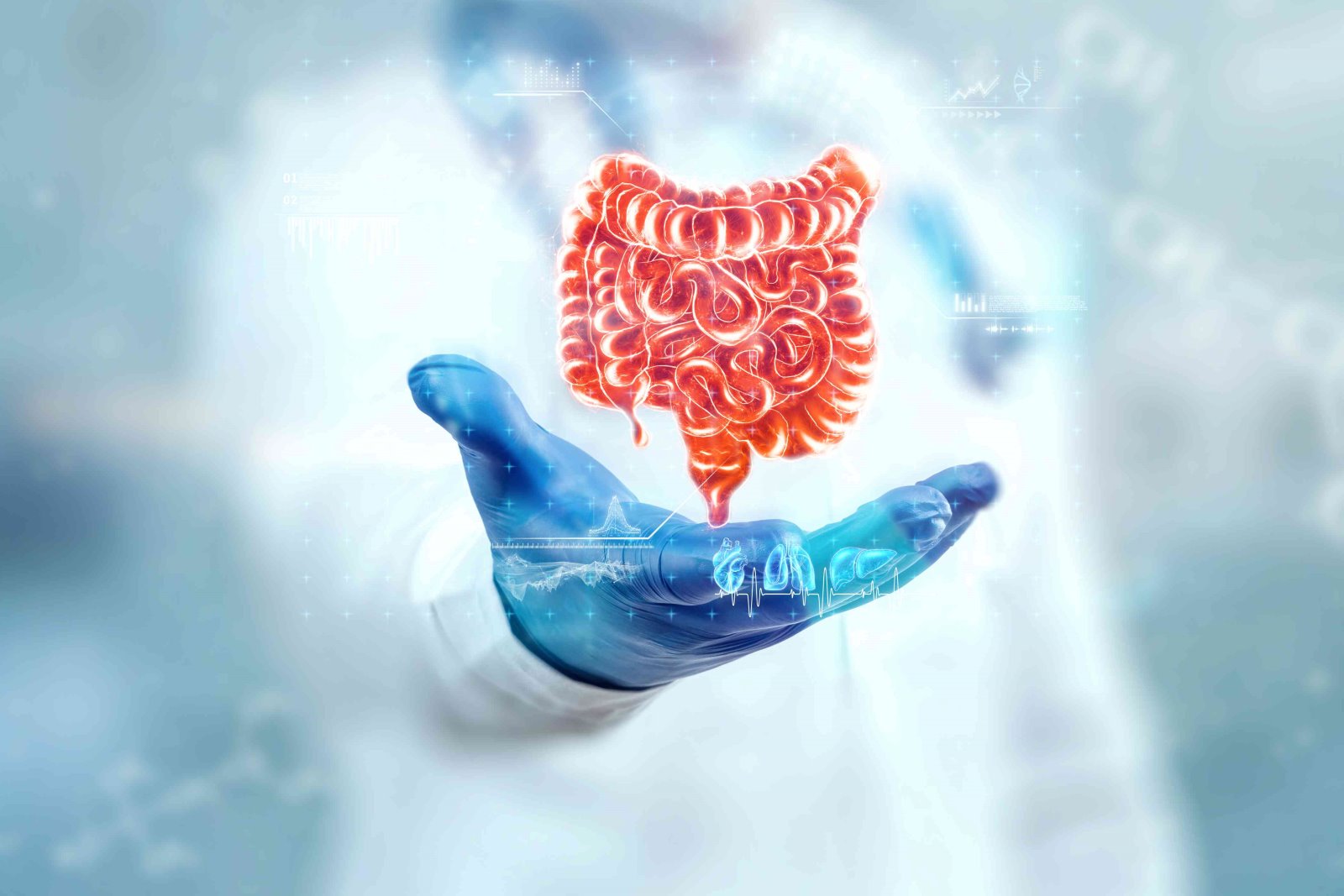
Abscesses
Inflammatory Bowel Disease (IBD) can lead to the development of abscesses, which are localized collections of pus that form as a result of infection and inflammation in the gastrointestinal tract. These abscesses can occur in various locations, including within the intestinal wall, around the anus, or in adjacent organs such as the liver or pelvic cavity. At SHIFAA PAN African Hospitals, our Gastroenterology department offers specialized care for patients with IBD-related abscesses, providing comprehensive diagnostic and treatment options to effectively manage symptoms and prevent complications.
Symptoms:
Abscesses associated with IBD can cause a range of symptoms, depending on their location, size, and severity. Common symptoms include, Persistent abdominal pain or discomfort, which may be localized to the affected area, Swelling, tenderness, or redness in the vicinity of the abscess, Fever, chills, or signs of systemic infection, Nausea, vomiting, or changes in bowel habits, Rectal pain, discharge, or bleeding in cases of perianal abscesses, Difficulty urinating or pain during urination in cases of pelvic abscesses, Symptoms related to complications such as bowel obstruction or fistula formation.
Diagnosis:
Diagnosing abscesses in patients with IBD typically involves a combination of medical history review, physical examination, and imaging studies. Tests such as ultrasound, CT scans, or MRI may be used to visualize the abscess, determine its size and location, and assess for any associated complications such as fistulas or bowel obstruction.
Treatment:
Treatment options for IBD-related abscesses depend on various factors, including the location, size, and complexity of the abscess, as well as the individual’s overall health status. The goals of treatment are to drain the abscess, control infection, and relieve symptoms.
- Percutaneous Drainage: For superficial or accessible abscesses, percutaneous drainage may be performed using image-guided techniques such as ultrasound or CT. A needle or catheter is inserted into the abscess cavity to drain the pus and relieve pressure.
- Surgical Drainage: In cases where percutaneous drainage is not feasible or effective, surgical drainage may be necessary. This may involve open surgery to create an incision and drain the abscess or laparoscopic surgery for minimally invasive drainage.
- Antibiotic Therapy: Antibiotics may be prescribed to treat or prevent infection associated with the abscess. The choice of antibiotics depends on the type of bacteria involved and any underlying factors such as immunosuppression or previous antibiotic exposure.
Post-procedure Care:
Patients who undergo drainage of abscesses will require close monitoring during the recovery period to assess treatment effectiveness, manage symptoms, and watch for potential complications. Postoperative care may include wound care, pain management, and follow-up appointments with healthcare providers.
Prevention:
While it may not be possible to prevent abscesses from developing in patients with IBD, adhering to a treatment plan, maintaining remission, and avoiding known triggers such as smoking or nonsteroidal anti-inflammatory drugs (NSAIDs) may help reduce the risk of complications.
What causes abscesses in patients with IBD?
Abscesses in IBD are typically caused by infection and inflammation in the gastrointestinal tract, which can lead to the formation of localized collections of pus.
How are abscesses diagnosed?
Diagnosis of abscesses in patients with IBD involves a combination of medical history review, physical examination, and imaging studies such as ultrasound, CT scans, or MRI. These tests help visualize the abscess, determine its size and location, and assess for any associated complications.
What treatment options are available for IBD-related abscesses?
Treatment options may include percutaneous drainage, surgical drainage, and antibiotic therapy, depending on the size, location, and severity of the abscess, as well as the individual’s overall health status.
What is the role of percutaneous drainage in managing abscesses associated with IBD?
Percutaneous drainage involves inserting a needle or catheter into the abscess cavity under image guidance to drain the pus and relieve pressure. This minimally invasive procedure is often effective for superficial or accessible abscesses.
When is surgical drainage necessary for abscesses in IBD?
Surgical drainage may be necessary when percutaneous drainage is not feasible or effective, especially for deep-seated or complex abscesses. Open surgery or laparoscopic techniques may be used to drain the abscess and remove any associated complications.
What is the recovery like after drainage of abscesses?
Recovery after drainage of abscesses depends on the individual patient, the size and location of the abscess, and the extent of the procedure performed. Close monitoring and adherence to post-procedure care instructions are essential for optimal recovery.
Can abscesses associated with IBD recur after treatment?
While treatment can help alleviate symptoms and control infection, there is a risk of abscess recurrence, especially if the underlying inflammation is not adequately managed or if there are underlying factors predisposing to abscess formation. Close follow-up with healthcare providers is important to monitor for any signs of recurrence and adjust treatment as needed.
- Thorough physical examination by a pediatric orthopedic specialist.
- Utilization of imaging techniques such as X-rays, CT scans, or MRIs.
- Genetic testing for identifying congenital conditions with hereditary factors.
- Thorough physical examination by a pediatric orthopedic specialist.
- Utilization of imaging techniques such as X-rays, CT scans, or MRIs.
- Genetic testing for identifying congenital conditions with hereditary factors.
Surgical Gastroenterology Conditions
- Abscesses
- Adjustable Gastric Banding
- Anal Fissures or Fistulas
- Anti-Reflux Surgery (Fundoplication)
- Appendectomy
- Bariatric Surgery
- Biliary Strictures
- Biliary Surgery
- Cholecystectomy
- Cirrhosis Complications
- Colectomy
- Colorectal Cancer
- Diverticulitis
- Esophageal Surgery
- Fistulas
- Gallstones
- Gastrectomy
- Gastric Bypass
- Gastrointestinal Bleeding
- Gastrointestinal Bleeding Surgery
- Gastroesophageal Reflux Disease (GERD)
- Hemorrhoids
- Hernias
- Hernia Repair
- Inguinal Hernia
- Liver Resection
- Pancreatic Tumors
- Pancreatectomy
- Liver Tumors
- Liver Transplantation
- Laparoscopic Procedures
- Severe Chronic Pancreatitis
- Sleeve Gastrectomy
- Small Bowel Surgery
- Strictures
- Umbilical Hernia
- Ventral Hernia




